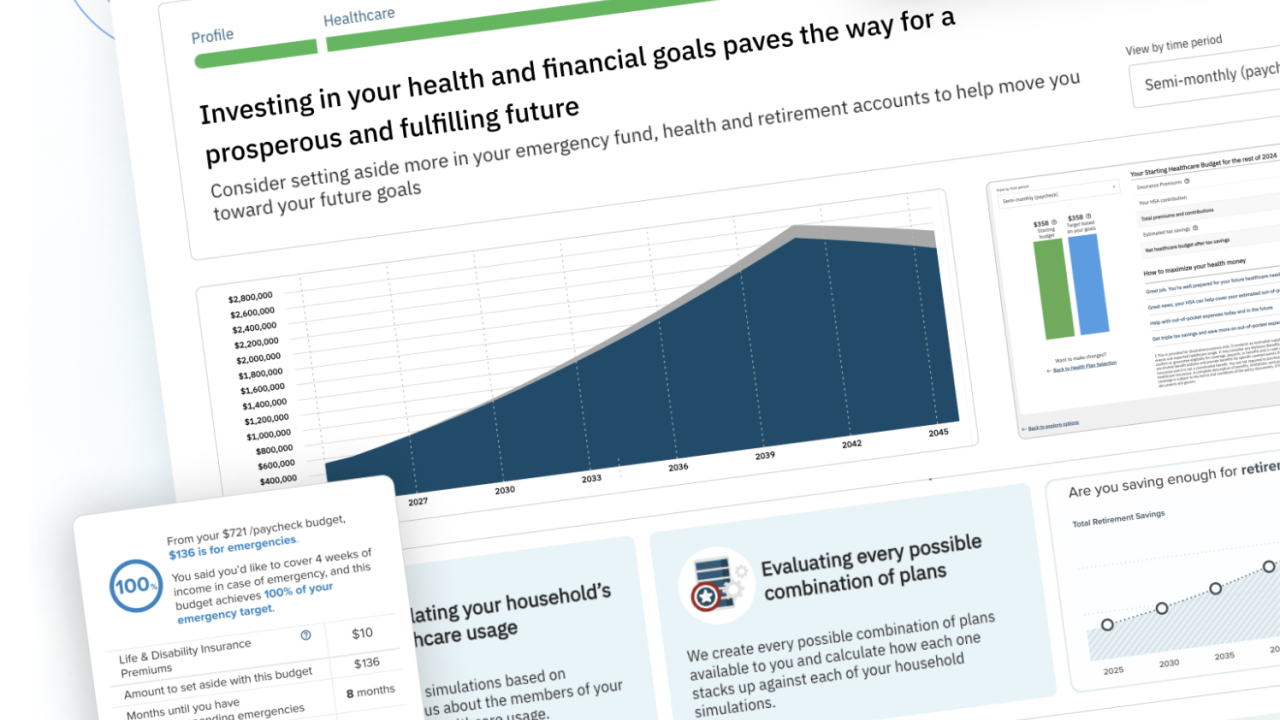With an increasingly youthful workplace come dramatic implications for employee benefits from the standpoint of recruiting and retaining top talent, but the biggest challenge will be tailoring strategies to multiple generations.
“Economic realities are very different for Baby Boomers, who at 25 faced an era of prosperity and opportunity, versus Gen Y today, who at 25 faces an era of economic hardship and reduced opportunity,” observes Ronald Leopold, M.D., an industry thought leader in employee benefits as well as the health and productivity areas.
He will serve as moderator of a lively panel discussion entitled “X, Y and Boomers: Excelling at Multigenerational Engagement” at the EBN-produced 25th annual Benefits Forum & Expo Sept. 9-11 in Phoenix, Ariz.
As Baby Boomers retire in increasing numbers, members of so-called Generation Y are expected to account for nearly half of all employees worldwide. Managing this swelling talent pool is critical for ensuring long-term business success.
Leopold notes that demographic differences translate to a growing reliance on employee benefits by Generation X and Y. For example, MetLife’s 10th annual Study of Employee Benefits Trends found that 66% of Gen Y said the economic downturn made them more reliant on employee benefits versus only 31% of older Boomers.
Also, he says benefits played a stronger role in influencing employment decisions for Gen X and Y than for Boomers. The same MetLife research noted that 54% of Gen Y said that if it were up to them, they would like to work for another employer a year from now versus 21% of older Boomers.
But one critical commonality, according to long-time MetLife veteran Leopold, is a greater willingness across all age groups to pay for voluntary benefits.
Leopold will be joined by several panelists, including Steve Bygott, director of marketing programs and research for Colonial Life, who considers recruitment and retention of younger workers essential. But he cautions that benefit plan design and communication must be tailored to their expectations and preferences in order to leverage employee engagement.
Based on Colonial Life research, the biggest opportunities for improvement in these areas – and a greater return on investment – involve Gen Y workers, particularly women in this age group, who appear to be the most dissatisfied with how their benefits are explained. In short, they are eager for products and information to help “manage their personal financial security,” according to Bygott.
The insurance carrier has found that Gen Y tends to be the least financially stable generation. And while this segment of the workforce places tremendous value on a strong benefits package and prefers personalized communication, it is considered woefully underinsured.
Despite a growing emphasis on youth in the workplace, panelist Edwin (Ed) Redfern advises employers that face current and future skill shortages to recruit and retain older workers. “In order to attract and retain top experienced talent,” says the project manager for AARP, “they will need to adjust their HR policies and practices, include offerings that appeal to older workers.”
Among the important considerations that Redfern says workers age 50 and older weigh when deciding to accept or stay at a job: employer-provided health insurance (82%), a retirement savings plan (77%) and paid time off (80%).
Two other key stats jump out at him: 78% of workers age 50 and older are working or looking for work because of financial and health insurance needs, while 77% of this group plans to remain in their current job until they stop working completely.
The panel discussion also will feature Erin Barfels, chief human resources officer for ARAG, who plans to reveal findings from a national study the legal services provider commissioned called “Legal Needs of Today’s Multi-Generational Workforce,” which found that 73 % of those polled experienced at least one legal life event in the past year.
For more information, visit
Bruce Shutan, a former EBN managing editor, is a freelance writer based in Los Angeles.





